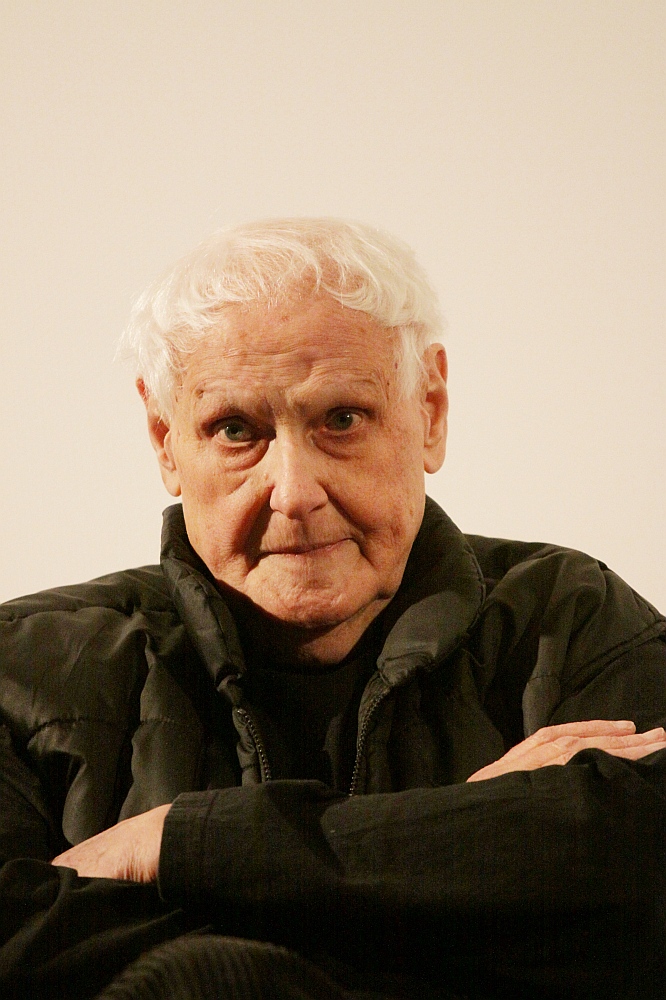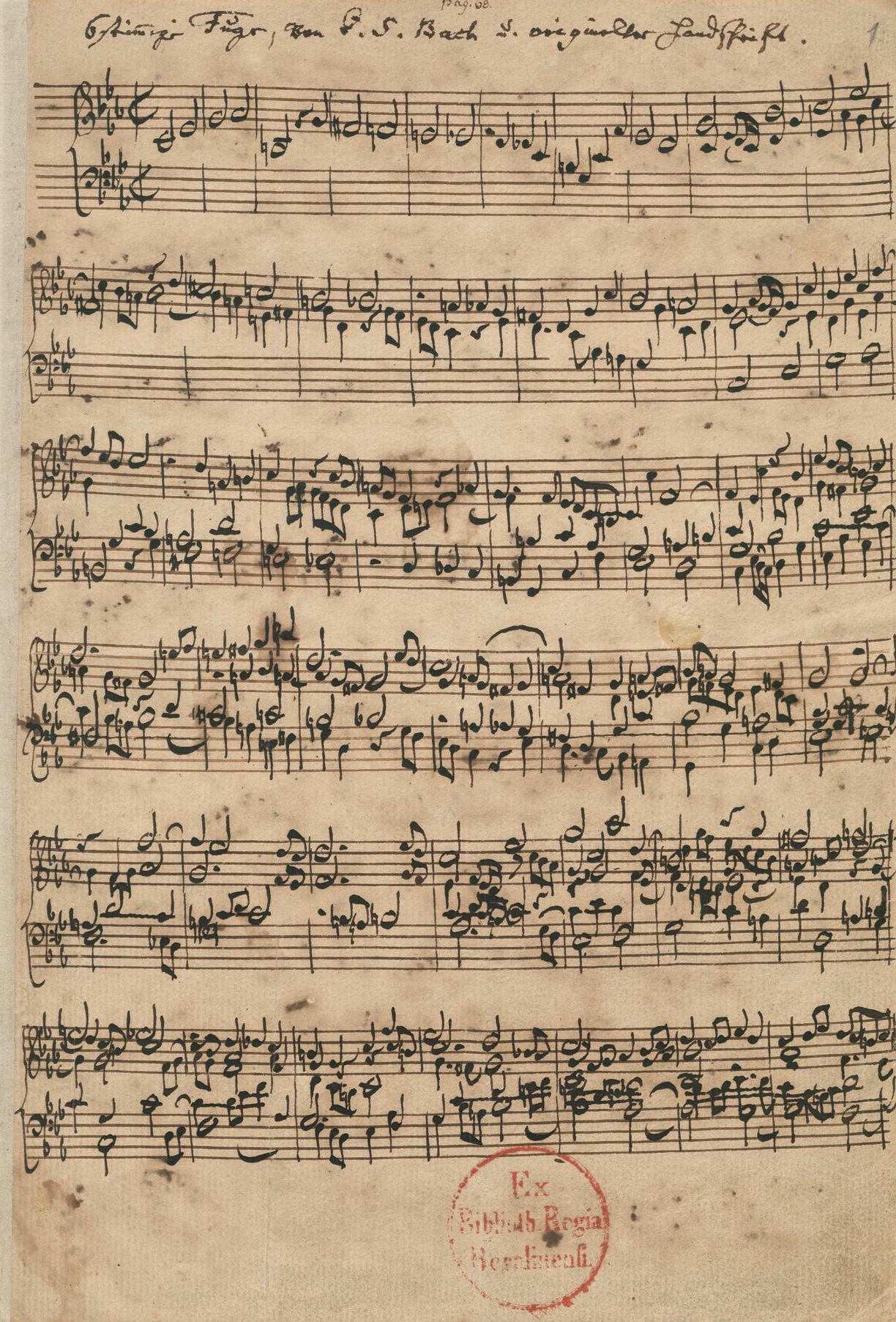|
Cantata Profana
''Cantata Profana'' (subtitled ''A kilenc csodaszarvas'' 'The Nine Enchanted Stags'' Sz. 94) is a work for tenor, baritone, double mixed chorus and orchestra by the Hungarian composer Béla Bartók. Completed on 8 September 1930, it was premiered in London (in an English translation by M. D. Calvocoressi) on 25 May 1934 by the BBC Symphony Orchestra and Wireless Chorus, conducted by Aylmer Buesst; tenor Trefor Jones and baritone Frank Phillips were the featured soloists. Text The source texts which Bartók used to create the libretto were two Romanian colinde that he collected from Transylvania in April 1914. Colinde are ballads which are sung during the Christmas season, although many colinde have no connection to the nativity of Jesus and are believed to have pre-Christian origins. The story concerns a father who has taught his nine sons only how to hunt; they know nothing of work and spend all of their time in the forest. One day, while hunting a large and beautiful stag, ... [...More Info...] [...Related Items...] OR: [Wikipedia] [Google] [Baidu] |
Cantata
A cantata (; ; literally "sung", past participle feminine singular of the Italian language, Italian verb ''cantare'', "to sing") is a vocal music, vocal Musical composition, composition with an musical instrument, instrumental accompaniment, typically in several movement (music), movements, often involving a choir. The meaning of the term changed over time, from the simple single-voice Madrigal (music), madrigal of the early 17th century, to the multi-voice "cantata da camera" and the "cantata da chiesa" of the later part of that century, from the more substantial dramatic forms of the 18th century to the usually sacred-texted 19th-century cantata, which was effectively a type of short oratorio. Cantatas for use in the liturgy of church services are called church cantata or sacred cantatas; other cantatas can be indicated as secular cantatas. Several cantatas were, and still are, written for special occasions, such as Christmas cantatas. Christoph Graupner, Georg Philipp Teleman ... [...More Info...] [...Related Items...] OR: [Wikipedia] [Google] [Baidu] |
Grove Music Online
''The New Grove Dictionary of Music and Musicians'' is an encyclopedic dictionary of music and musicians. Along with the German-language '' Die Musik in Geschichte und Gegenwart'', it is one of the largest reference works on the history and theory of music. Earlier editions were published under the titles ''A Dictionary of Music and Musicians'', and ''Grove's Dictionary of Music and Musicians''; the work has gone through several editions since the 19th century and is widely used. In recent years it has been made available as an electronic resource called ''Grove Music Online'', which is now an important part of ''Oxford Music Online''. ''A Dictionary of Music and Musicians'' ''A Dictionary of Music and Musicians'' was first published in London by Macmillan and Co. in four volumes (1879, 1880, 1883, 1889) edited by George Grove with an Appendix edited by J. A. Fuller Maitland in the fourth volume. An Index edited by Mrs. E. Wodehouse was issued as a separate volume in 189 ... [...More Info...] [...Related Items...] OR: [Wikipedia] [Google] [Baidu] |
Boosey & Hawkes
Boosey & Hawkes is a British Music publisher (sheet music), music publisher, purported to be the largest specialist classical music publisher in the world. Until 2003, it was also a major manufacturer of brass instrument, brass, string instrument, string and woodwind instrument, woodwind musical instruments. Formed in 1930 through the merger of two well-established British music businesses, Boosey & Hawkes controls the copyright to much major 20th-century music, including works by Leonard Bernstein, Benjamin Britten, Aaron Copland, Sergei Prokofiev, and Igor Stravinsky. It also publishes many prominent contemporary composers, including John Adams (composer), John Adams, Karl Jenkins, James MacMillan, Mark-Anthony Turnage, and Steve Reich. With subsidiaries in Berlin and New York City, New York, the company also sells sheet music via its online shop. History Pre-merger Boosey & Hawkes was founded in 1930 through the merger of two respected music companies, Boosey & Company a ... [...More Info...] [...Related Items...] OR: [Wikipedia] [Google] [Baidu] |
Miklós Jancsó
Miklós Jancsó (; 27 September 192131 January 2014) was a Hungarian people, Hungarian film director and screenwriter. Jancsó achieved international prominence starting in the mid-1960s with works including ''Szegénylegények, The Round-Up'' (''Szegénylegények'', 1965), ''The Red and the White'' (''Csillagosok, katonák'', 1967), and ''Red Psalm'' (''Még kér a nép'', 1971). Jancsó's films are characterized by long takes, and their plot often takes place in historical periods and at rural settings. A frequent theme of his films is the abuse of power. His works are often allegorical commentaries on Hungary under Communism and the Soviet occupation, although some critics prefer to stress the universal dimensions of Jancsó's explorations. Towards the end of the 1960s and especially into the 1970s, Jancsó's work became increasingly stylized and overtly symbolic. Early life Miklós Jancsó was born to Hungarian Sándor Jancsó and Romanians, Romanian Angela Poparada.Wakema ... [...More Info...] [...Related Items...] OR: [Wikipedia] [Google] [Baidu] |
Cantata (film)
''Cantata'' (''Oldás és kötés''; lit. "Loosening and Tightening") is a 1963 Hungarian drama film directed by Miklós Jancsó and starring Zoltán Latinovits, Andor Ajtay and Gyula Bodrogi. Plot After witnessing a senior doctor about whom he had doubts, bring back a patient from cardiac arrest, a young doctor with peasant roots comes to question his whole life when the doctor collapses from the struggle. Feeling that his progress from peasant's son to city doctor was made too smoothly, without a need to struggle or learn about life, and has made him arrogant and lonely, he comes to realise he has become gradually estranged from his own class and background after he returns to visit his hometown. Cast * Zoltán Latinovits as Járom Ambrus dr. * Andor Ajtay as Ádámfy professzor * Béla Barsi as Ambrus apja * Miklós Szakáts as Docens * Gyula Bodrogi as Kiss Gyula * Edit Domján as Márta, Ambrus szerelme * Mária Medgyesi as Eta * Gyöngyvér Demjén as Fiatal lány Analy ... [...More Info...] [...Related Items...] OR: [Wikipedia] [Google] [Baidu] |
Parable
A parable is a succinct, didactic story, in prose or verse, that illustrates one or more instructive lessons or principles. It differs from a fable in that fables employ animals, plants, inanimate objects, or forces of nature as characters, whereas parables have human characters. A parable is a type of metaphorical analogy. Some scholars of the canonical gospels and the New Testament apply the term "parable" only to the parables of Jesus, although that is not a common restriction of the term. Etymology The word ''parable'' comes from the Greek παραβολή (''parabolē''), literally "throwing" (''bolē'') "alongside" (''para-''), by extension meaning "comparison, illustration, analogy." It was the name given by Greek rhetoricians to an illustration in the form of a brief fictional narrative. History The Bible contains numerous parables in the Gospels of the New Testament ( Jesus' parables). These are believed by some scholars (such as John P. Meier) to have been inspir ... [...More Info...] [...Related Items...] OR: [Wikipedia] [Google] [Baidu] |
Fascism
Fascism ( ) is a far-right, authoritarian, and ultranationalist political ideology and movement. It is characterized by a dictatorial leader, centralized autocracy, militarism, forcible suppression of opposition, belief in a natural social hierarchy, subordination of individual interests for the perceived interest of the nation or Race (human categorization), race, and strong regimentation of society and the economy. Opposed to communism, democracy, liberalism, Pluralism (political philosophy), pluralism, and socialism, fascism is at the far right of the traditional left–right spectrum.; ; ; ; ; ; ; ; ; ; ; ; ; Fascism rose to prominence in early-20th-century Europe. The first fascist movements Italian fascism, emerged in Italy during World War I, before Fascism in Europe, spreading to other European countries, most notably Nazi Germany, Germany. Fascism also had adherents outside of Europe. Fascists saw World War I as a revolution that brought massive changes to the nature ... [...More Info...] [...Related Items...] OR: [Wikipedia] [Google] [Baidu] |
Hungarian Interwar Economy
The Hungarian Interwar Economy was the economy of Hungary in the period between the end of the First World War and the start of the Second World War. It was dominated by the effects of the Treaty of Trianon and the Great Depression. The economy suffered from inflation and reperation payments stipulated by the Treaty of Trianon. The economy of Hungary began to recover after a trade agreement with Germany, which influenced Hungary's joining of the Axis. After Trianon Following the Treaty of Trianon on June 4, 1920, Hungary, one of the defeated powers, was reduced to nearly 32.6% of its former size. The treaty established which states would replace the former Kingdom of Hungary, with the most dramatic economic consequences of the dismantling affecting Hungary herself. Before the war Hungary depended upon the Austrian and Czech parts of the empire for the import of up to 80% of Hungary's raw materials and a market accepting an equal percentage of Hungarian exports; the end of the ... [...More Info...] [...Related Items...] OR: [Wikipedia] [Google] [Baidu] |
Greek Chorus
A Greek chorus () in the context of ancient Greek tragedy, comedy, satyr plays, is a homogeneous group of performers, who comment with a collective voice on the action of the scene they appear in, or provide necessary insight into action which has taken place offstage. Historically, the chorus consisted of between 12 and 50 players, who variously danced, sang or spoke their lines in unison, and sometimes wore masks. The players used masks to change their emotions while they were performing. History A common theory for the origin of the Greek chorus stems from the ancient Greek poet Arion's invention of the tragedy, the stationary chorus, and satyrs' verses. In Aristotle's ''Poetics,'' he writes that " ragedy'sbeginnings, certainly, were in improvisation utoschediastikês as were also those for comedy, tragedy originating in impromptus by the leaders of dithyrambic choruses, and comedy in those of the leaders of the phallic performances which still remain customary in many ... [...More Info...] [...Related Items...] OR: [Wikipedia] [Google] [Baidu] |
Fugue
In classical music, a fugue (, from Latin ''fuga'', meaning "flight" or "escape""Fugue, ''n''." ''The Concise Oxford English Dictionary'', eleventh edition, revised, ed. Catherine Soanes and Angus Stevenson (Oxford and New York: Oxford University Press, 2006). ) is a Counterpoint, contrapuntal, Polyphony, polyphonic Musical composition, compositional technique in two or more voice (music), voices, built on a Subject (music), subject (a musical theme) that is introduced at the beginning in imitation (music), imitation (repetition at different pitches), which recurs frequently throughout the course of the composition. It is not to be confused with a ''fuguing tune'', which is a style of song popularized by and mostly limited to Music history of the United States, early American (i.e. shape note or "Sacred Harp") music and West gallery music, West Gallery music. A fugue usually has three main sections: an exposition (music), exposition, a development (music), development, and a final ... [...More Info...] [...Related Items...] OR: [Wikipedia] [Google] [Baidu] |
St Matthew Passion
The ''St Matthew Passion'' (), BWV 244, is a '' Passion'', a sacred oratorio written by Johann Sebastian Bach in 1727 for solo voices, double choir and double orchestra, with libretto by Picander. It sets the 26th and 27th chapters of the Gospel of Matthew (in the Luther Bible) to music, with interspersed chorales and arias. It is widely regarded as one of the masterpieces of Baroque sacred music. The original Latin title translates to "The Passion of our Lord Jesus Christ according to the Evangelist Matthew". Markus Rathey. 2016. ''Bach's Major Vocal Works. Music, Drama, Liturgy'', Yale University Press History The ''St Matthew Passion'' is the second of two Passion settings by Bach that have survived in their entirety, the first being the '' St John Passion'', first performed in 1724. Versions and contemporaneous performances Little is known with certainty about the creation process of the ''St Matthew Passion''. The available information derives from extant early ... [...More Info...] [...Related Items...] OR: [Wikipedia] [Google] [Baidu] |






